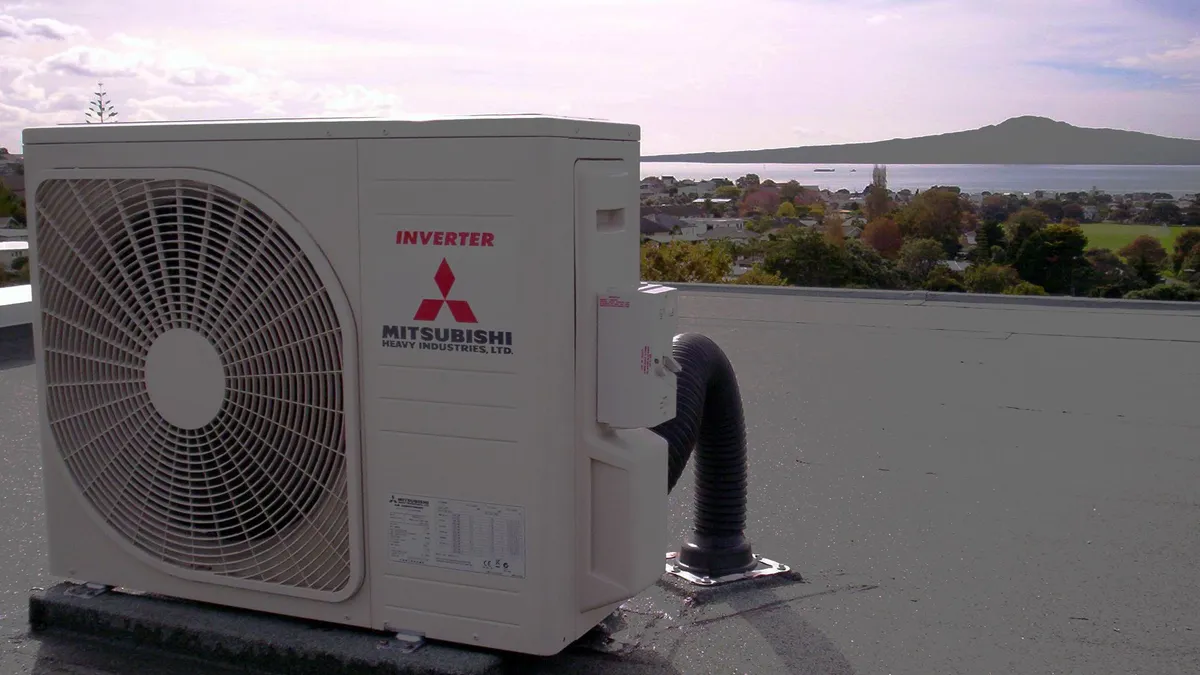Dive Brief:
- The vast majority of homes in the United States utilize central air, individual air conditioning units, or both—and according to the Energy Information Administration, home cooling accounts for 18% of annual residential energy use.
- Almost 90% of homes in the U.S. are air conditioned by central units and/or individual units, according to a note from EIA. Summer demand is also driven by fans, dehumidifiers, and pool pumps.
- About 75% of air-conditioned homes use central equipment, but the EIA said individual air-conditioning units are more common in the the northern United States and the marine climate region along the West Coast, where temperatures are colder.
Dive Insight:
A large chunk of the United States' energy demand comes from air conditioners, spiking demand significantly during the hottest months. According to EIA data, monthly home electricity consumption typically peaks in July and August when temperatures and cooling demand are the highest.
In addition to air conditioning, EIA notes some households use fans, dehumidifiers, or evaporative coolers to cool homes: the average U.S. household that uses fans has two or three ceiling fans and one floor, table, or window fan, the agency said. Ceiling fans are most common in single-family homes, while floor, table, and window fans are most common in mobile homes.
Because summer demand is significantly higher than winter, smart thermostats are an increasingly in-demand appliance in homes. Last year, Austin, Texas, began requiring all new home construction to include smart thermostats with either a wi-fi or cable internet connection. And Smart Grid Consumer Collaborative President and CEO Patty Durand told Utility Dive that smart thermostats are something consumers actively seek out and are key to utilities managing summer demand.
“Smart thermostats are probably the best gateway to engage consumers," said Durand. "If you're going to pick one thing, the research points towards thermostats. It's something everyone is already aware of. Very high numbers of people want one."
EIA also took a look at the energy use associated with private swimming pools, concluding their energy-consuming equipment "represents a large share of summer energy use for the relatively small share of homes (7%) that have them."
In total, the average residential customer in the United States used about 11,000 kWh last year, but pool pumps alone can burn significant energy. California, Washington, Connecticut, and Arizona have state-level efficiency standards for pool pumps, EIA noted—but those four states are the only ones.
"Heated pools are a relatively minor contributor to residential summer electricity demand," according to EIA. "Only one-third of home pools are heated. Moreover, natural gas is the most common fuel used to heat pools in the United States, and only 9% of homes with swimming pools are heated with electricity."














